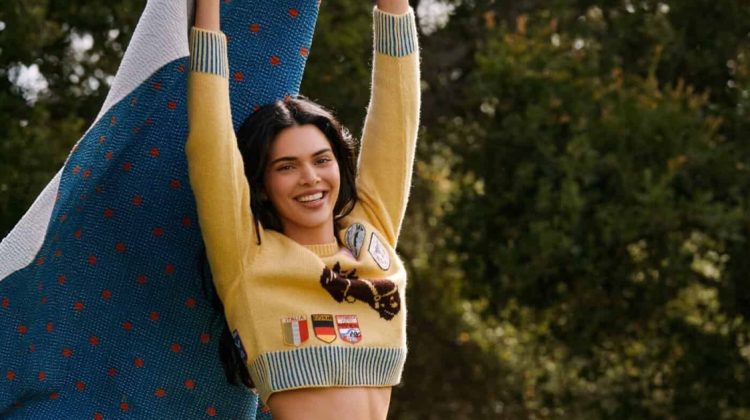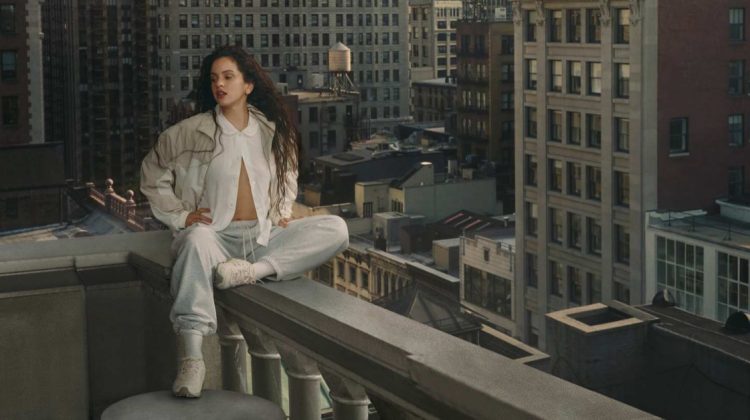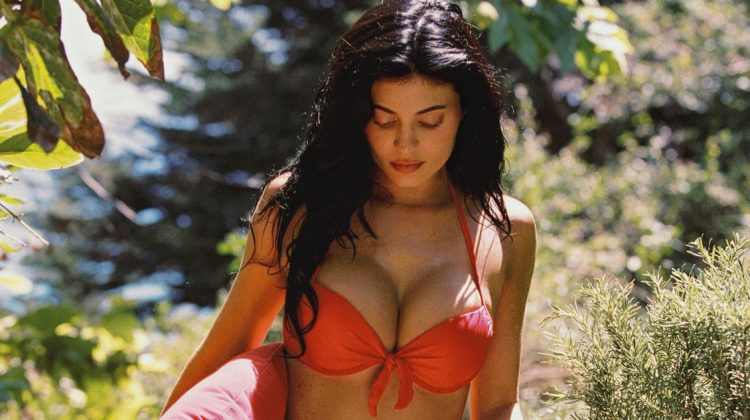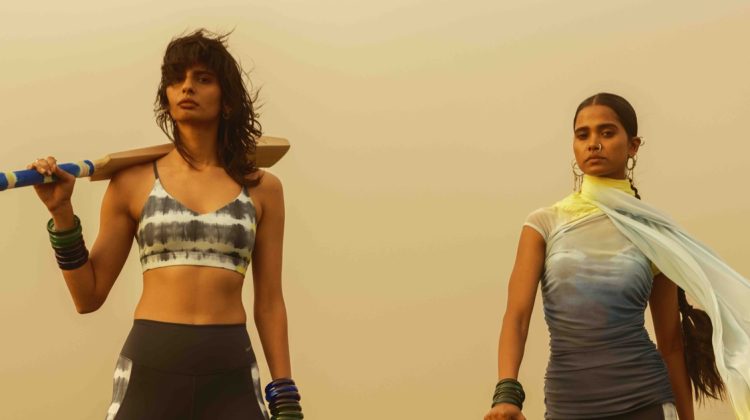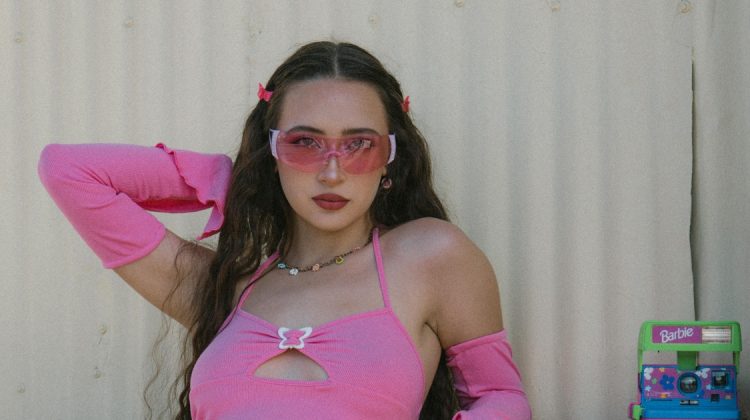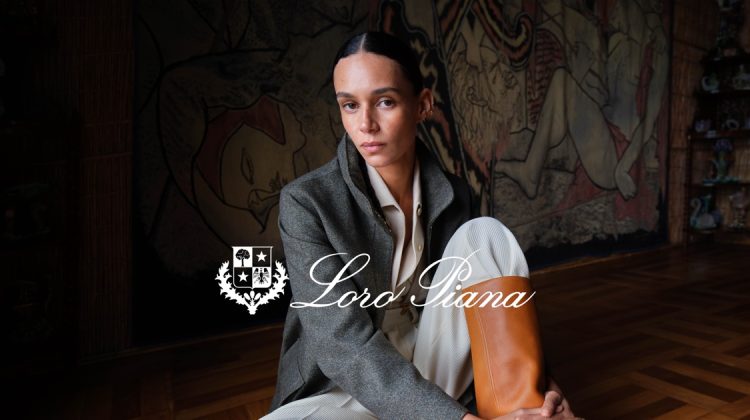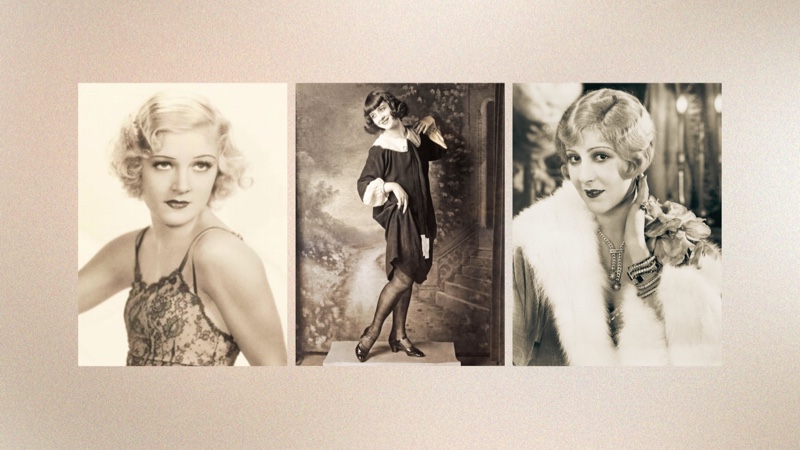
1920s fashion history is a period marked by significant social and cultural shifts. As women gained independence during World War I, they began to redefine their roles and, consequently, their fashion sense.
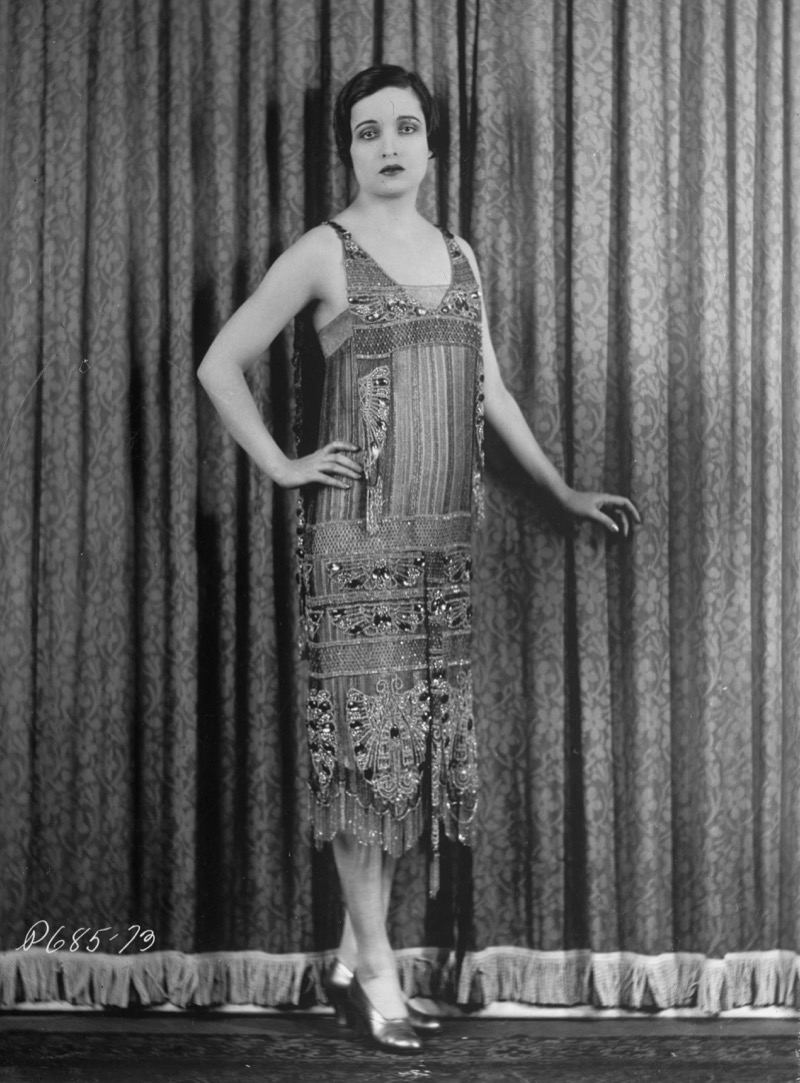
This shift led to the emergence of the flapper, a symbol of youthful rebellion and liberation, characterized by drop-waist dresses and bobbed hairstyles. The Roaring Twenties’ thriving economy also played a crucial role, enabling mass production and widespread adoption of this new style.
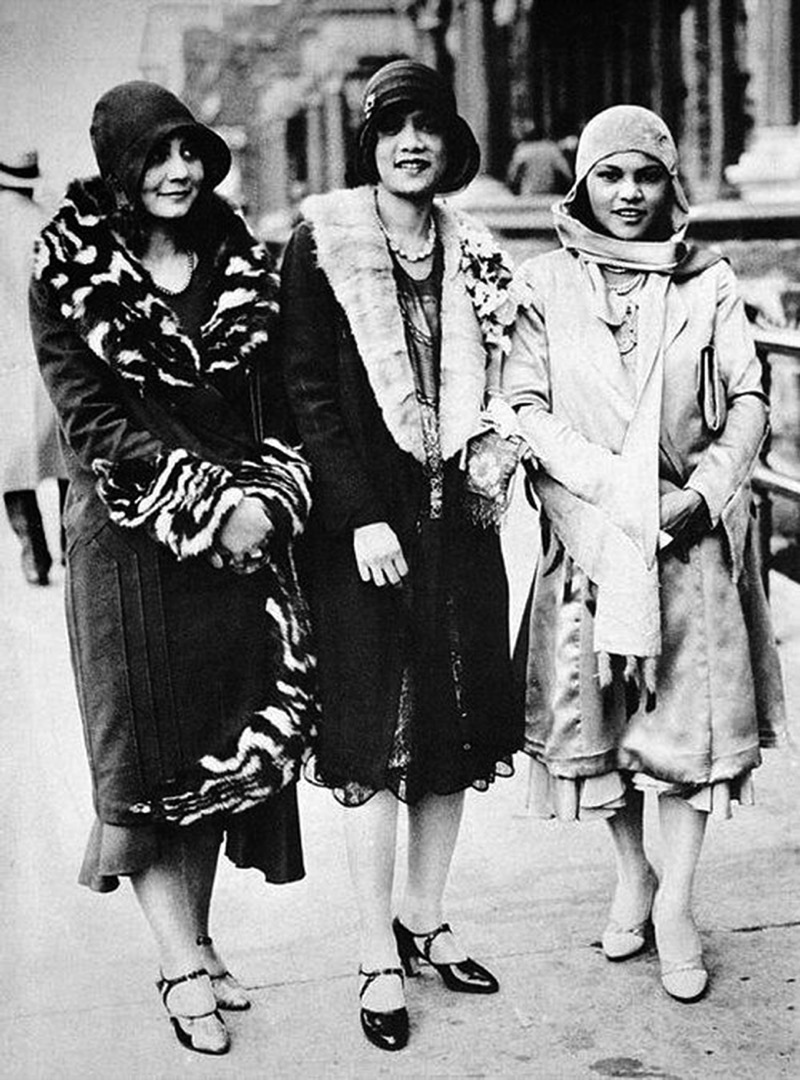
Furthermore, cultural movements like the Harlem Renaissance and Art Deco influenced fashion, blending music, art, and design into the vibrant tapestry of 1920s style. With the 19th Amendment granting women the right to vote in 1920, their fashion choices became even bolder and reflective of their newfound freedom and modernity.
1920s Fashion Trends: The New Woman
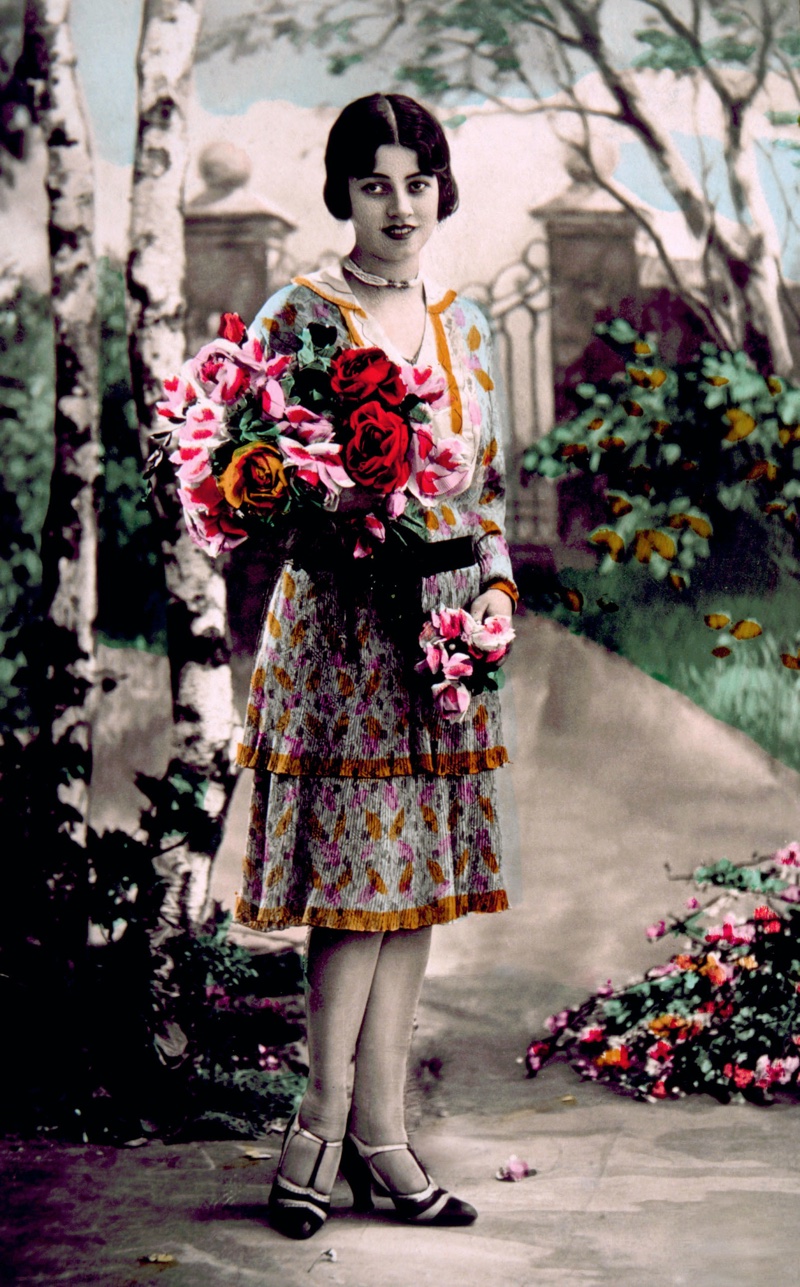
1920s fashion introduced the “new woman,” a youthful, liberated figure who broke away from traditional Victorian-era aesthetics with her modern dress and demeanor. Initially shocking the older generations, she eventually gained acceptance as the decade progressed.
The Flapper Dress
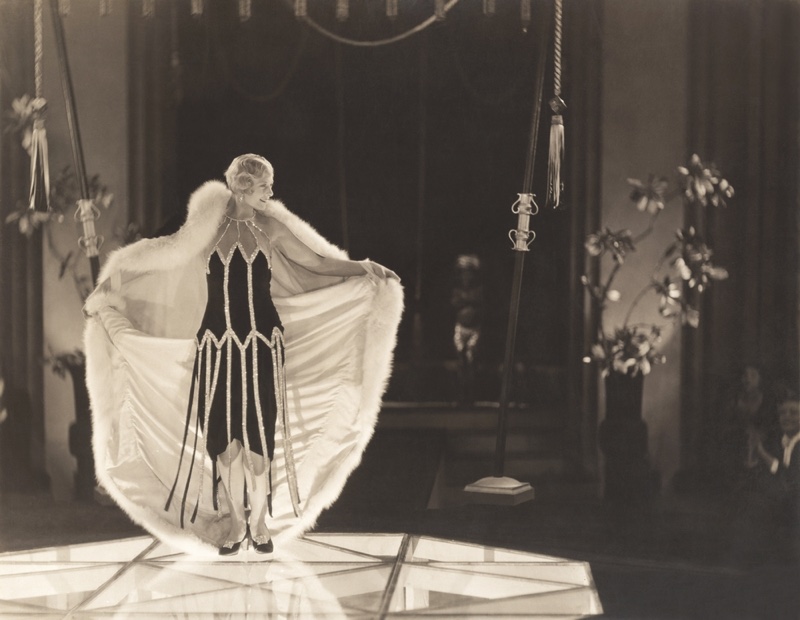
The flapper dress, an iconic symbol of 1920s fashion, epitomized the era’s spirit of liberation and rebellion. Characterized by its loose, straight silhouette and dropped waist, the dress often featured a hemline at the knee—considered scandalously short at the time.
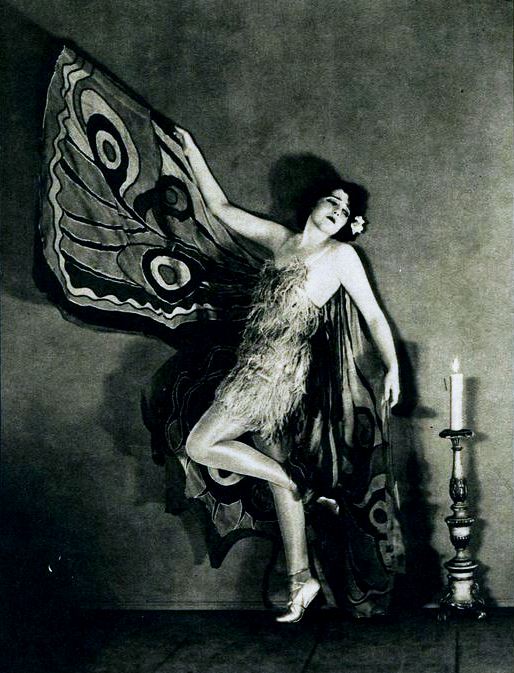
Flapper dresses were typically sleeveless or had short sleeves, allowing greater freedom of movement. Made from luxurious fabrics like silk, satin, and velvet, they were adorned with sequins, beads, fringe, and embroidery, reflecting the Art Deco influence.
Pictured left, actress Bebe Daniels wears a fringed flapper dress in the 1922 film Singed Wings. Photo: Donald Biddle Keyes (photographer) / Paramount Pictures, Public domain, via Wikimedia Commons
These dresses were typically sleeveless or had short sleeves, allowing greater freedom of movement. Made from luxurious fabrics like silk, satin, and velvet, they were adorned with sequins, beads, fringe, and embroidery, reflecting the Art Deco influence.
Flapper girls, embodying a new cultural shift, accessorized with long pearl necklaces, feathered headbands, and cloche hats. Their signature bob hairstyles, darkly lined eyes, and deep red lips emphasized their modern and carefree attitude.
The Rise of Casual Wear & Sportswear
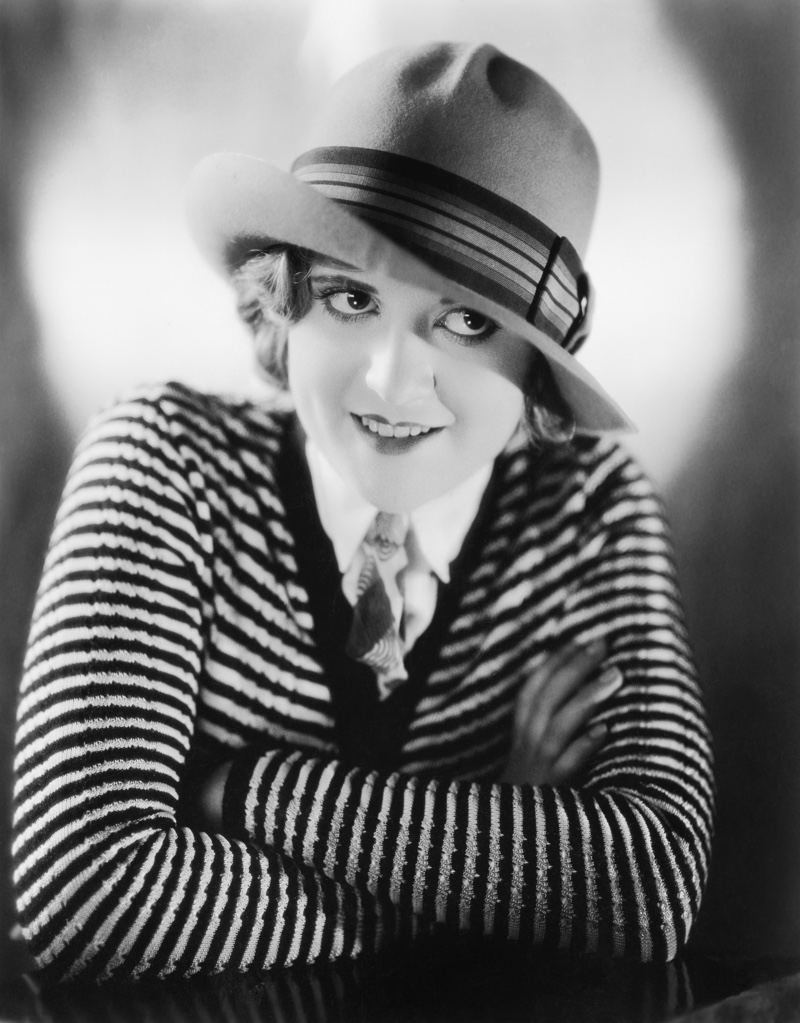
The 1920s introduced knitwear and sportswear as clothing staples, reflecting a shift towards a more casual and relaxed style. Sweaters and cardigans, previously considered undergarments, transitioned to outerwear, embodying the era’s sporty, boyish aesthetic.
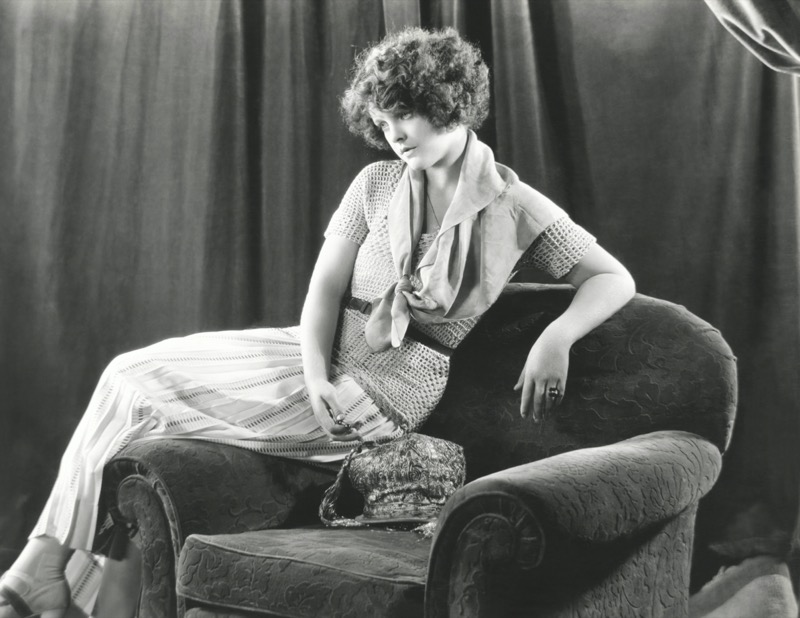
This decade saw a shift towards practicality in women’s fashion, driven by technological advances in yarn and weaving. Softer, more elastic knitwear in various colors made everyday attire comfortable and versatile, while lightweight fabrics enabled effortless transitions between daily activities.
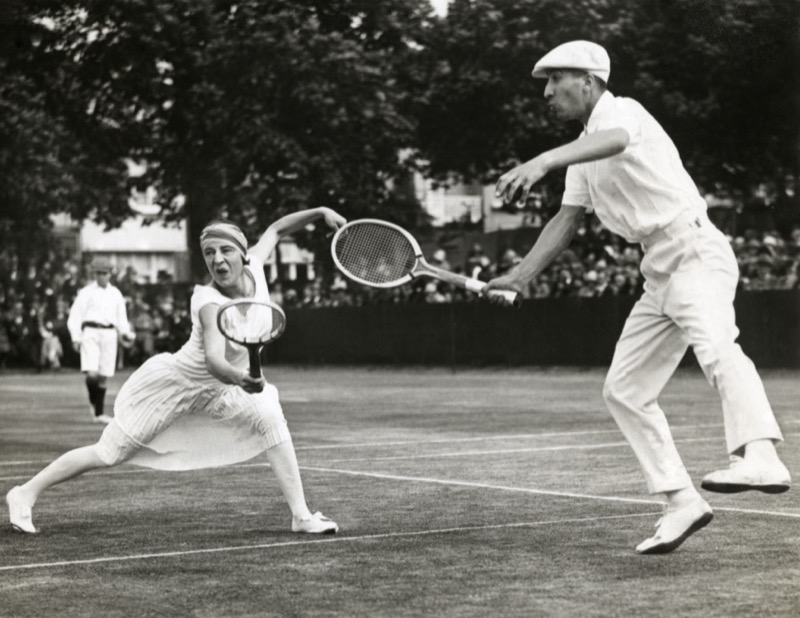
The growing enthusiasm for athletics, especially sports like tennis, greatly influenced fashion, necessitating attire compatible with an active lifestyle. As a result, sweater vests, sport-inspired cardigans, blazers, pleated skirts, and plus-fours became popular, blurring the lines between athletic and day-to-day wear.
Outerwear
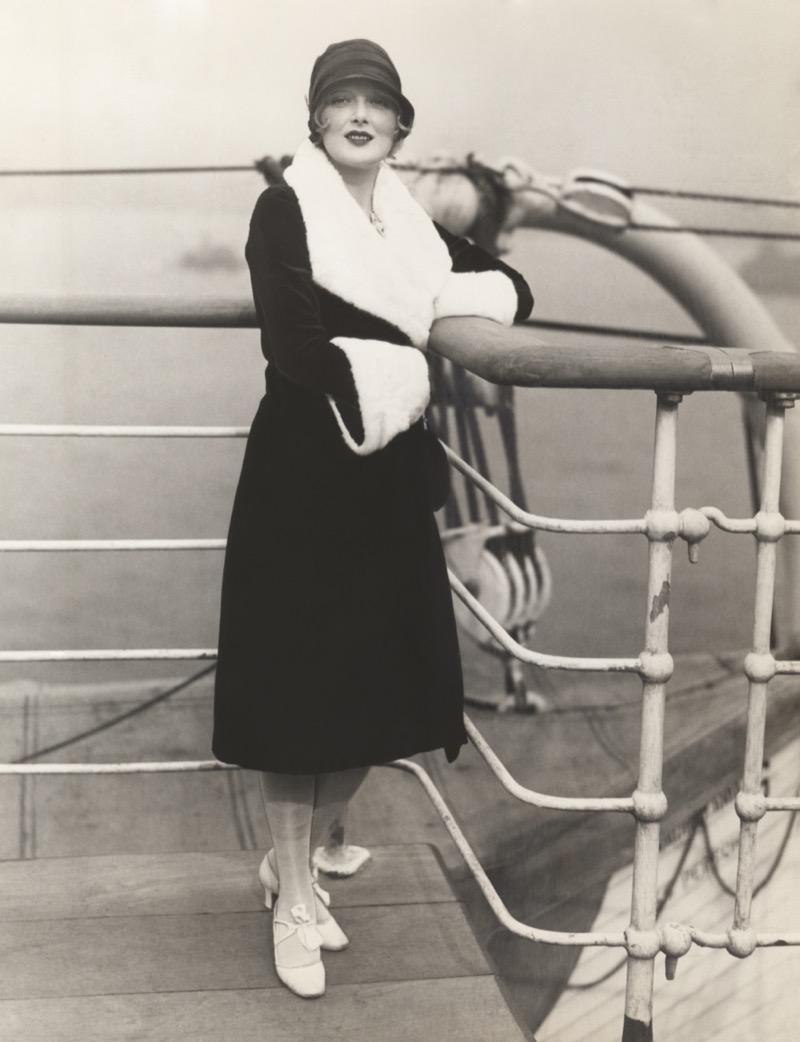
During the 1920s, women’s outerwear was practical and glamorous. Long wool velour overcoats were particularly popular in colder months, featuring large collars, cuffs, buttons, and matching belts.
These coats, often in dark shades like blue, brown, grey, and green, typically included removable fur collars, adding warmth and a touch of luxury, making them ideal for layering.
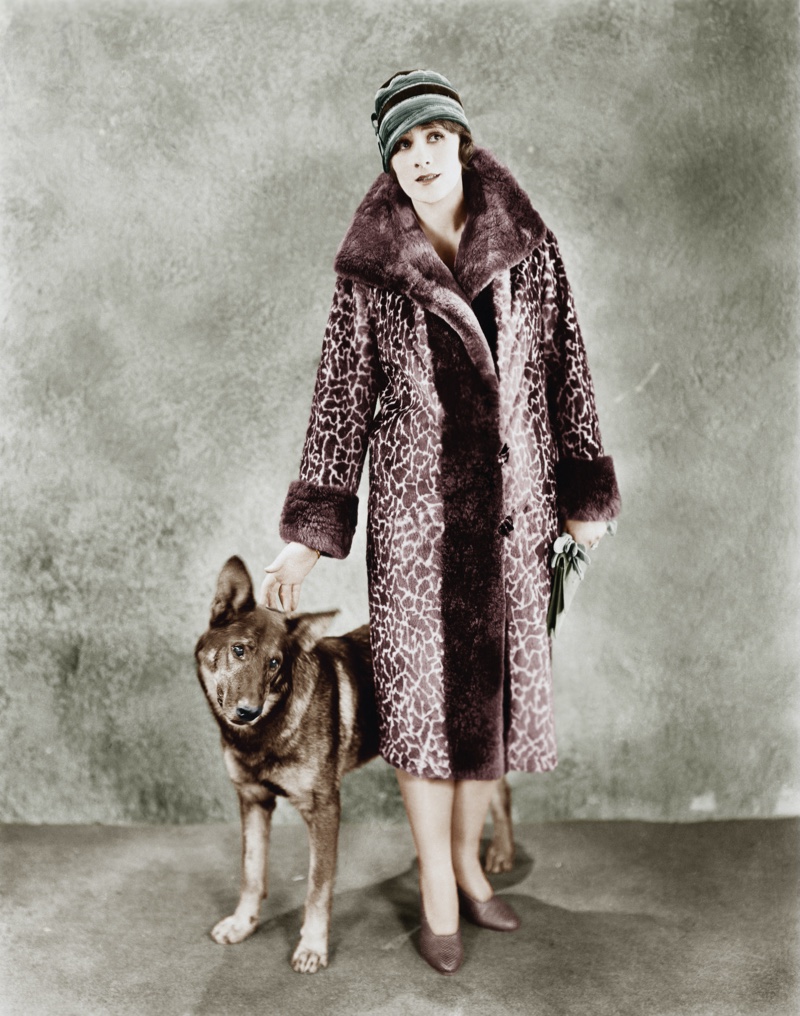
For the elite, full fur coats were coveted as symbols of social status. However, by 1929, more affordable synthetic fur options became available, allowing a broader range of women to partake in this glamorous trend.
Women transitioned to lighter spring coats made from wool, flannel, or cotton knits as the weather warmed. These coats were generally lighter and more fitted than their winter counterparts.
Lingerie
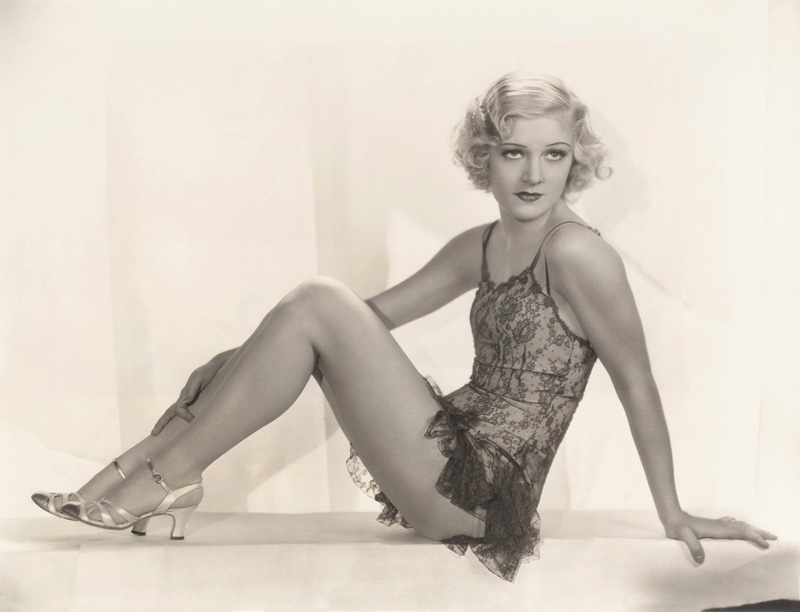
The 1920s revolutionized women’s lingerie and underwear, moving from restrictive corsets to more liberating garments like chemises and slips. In the early 1900s, well-dressed women often wore up to ten pieces of lingerie. By the 1920s, this had been simplified to two or three pieces.
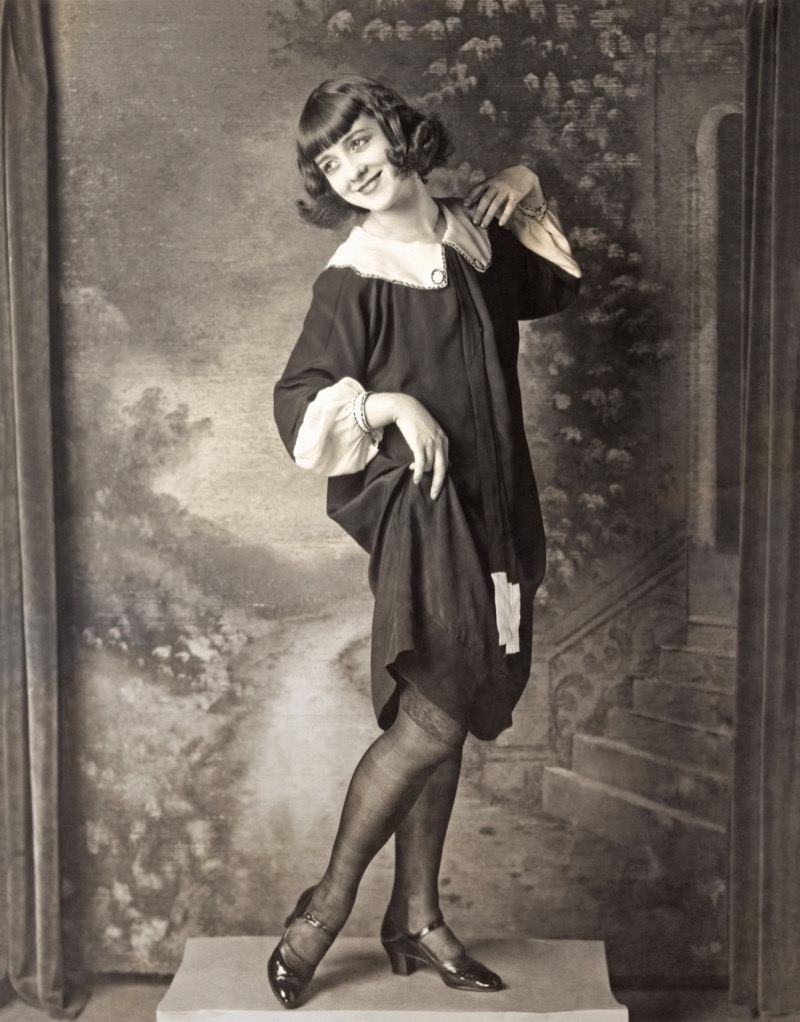
As hemlines rose, stockings became more visible and essential, with silk and the newly invented rayon making these items more affordable. Lace and other delicate fabrics were commonly used, adding a touch of elegance.
Swimwear
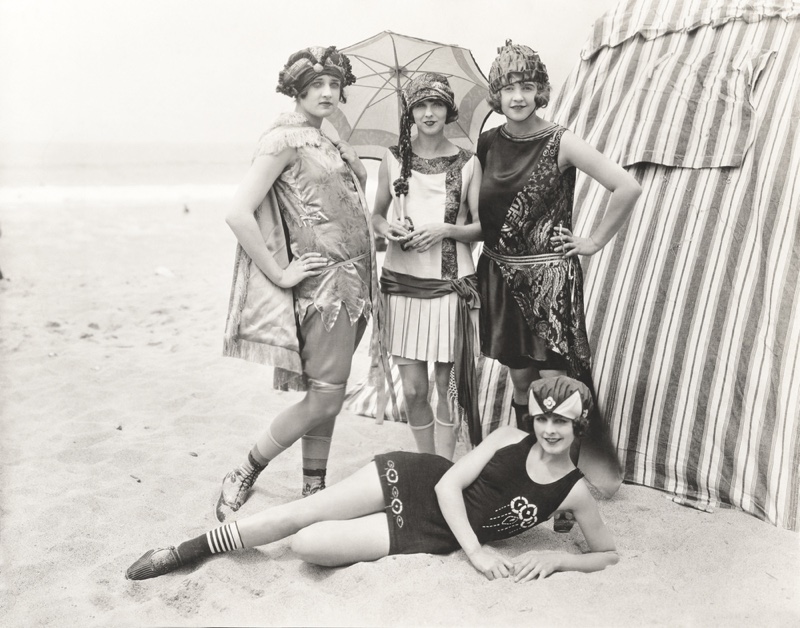
In the 1920s, wool one-pieces reigned supreme in swimwear, prioritizing warmth for women new to swimming. A departure from the bulky petticoats of the early 1900s, these wool designs set a new standard.
Meanwhile, Jantzen’s iconic bathing suits, featuring a diving girl in a red ensemble, became a recognizable logo worldwide. Swim caps were all the rage during this era, protecting stylish hairdos from ruin. The aviator-style caps were particularly fashionable, fitting snugly on men and women.
1920s Accessories
Headwear
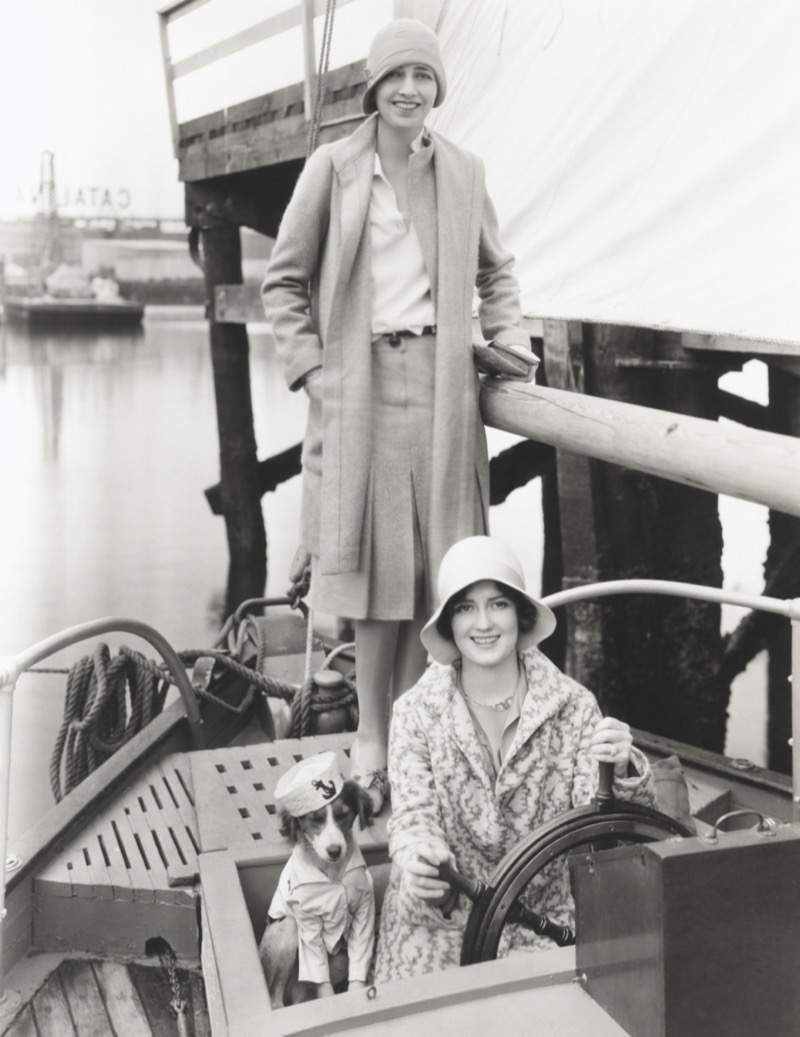
In the 1920s, hats and headwear were essential fashion accessories, with most women never leaving home without a stylish cap. This trend was driven by the beauty standards of the time, which emphasized pale skin and short hairstyles.
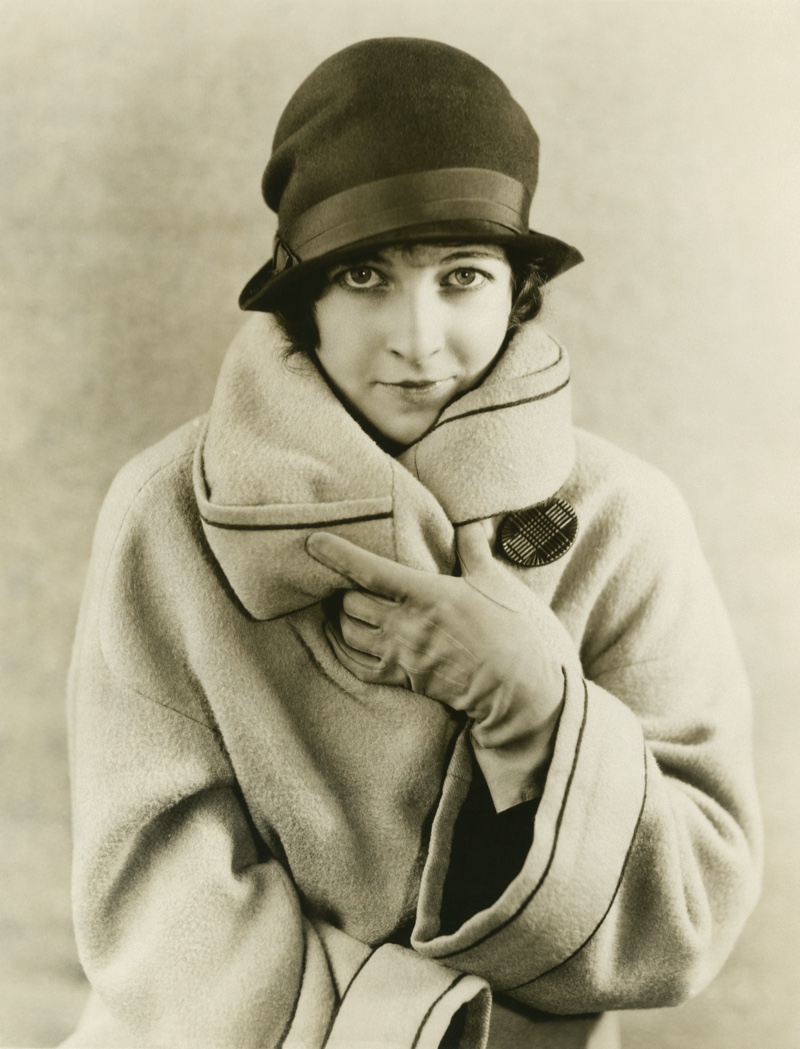
Cloche hats, bell-shaped and typically made of felt with a slim rim, became particularly fashionable. These hats often featured ribbons, which women used to indicate their romantic status.
Prominent fashion houses like Lanvin even opened milliner ateliers to create these popular hats, decorating them with jewels, brooches, or scarves. Turning up the brim of a cloche hat added a fashionable touch.
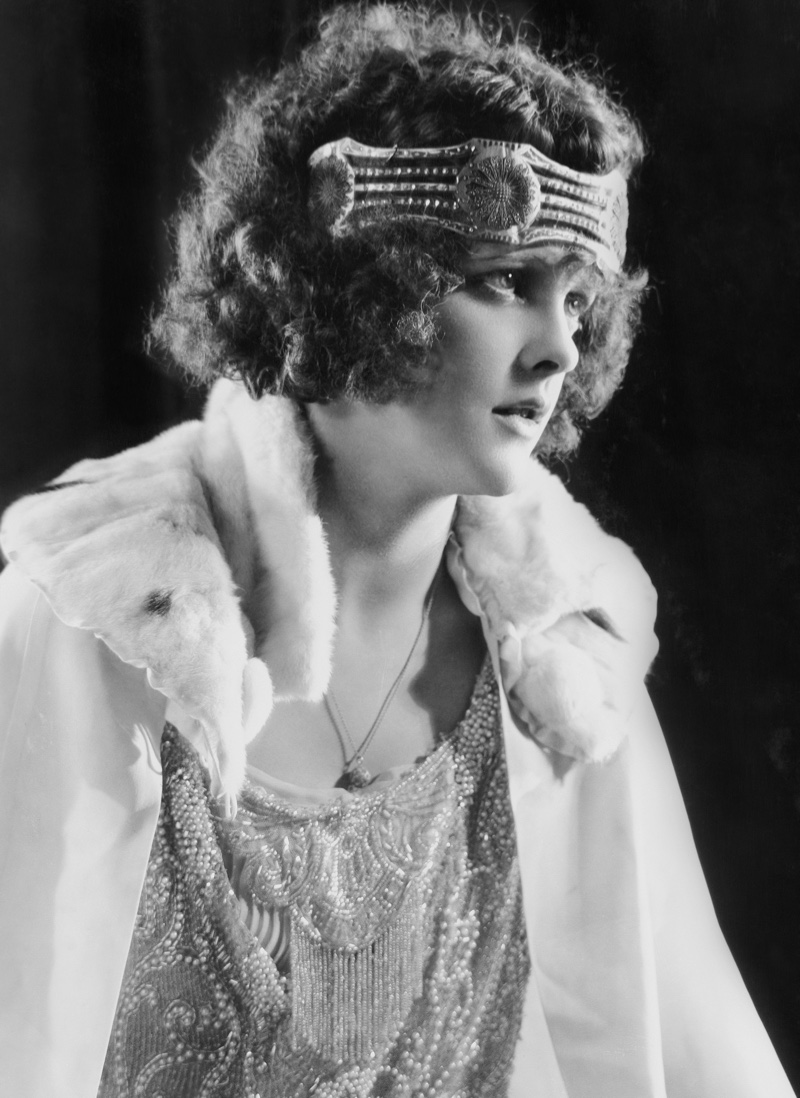
Headbands, or bandeaus, were also trendy during the peak of the Jazz Age. These accessories, often adorned with precious gems, metals, or feathers, perfectly complemented the flapper look.
The wrap-style headband was incredibly trendy, featuring a single strand embellished with flowers, pearls, or other ornaments. This style is resurgent today, inspired by music festivals and boho fashion trends.
Jewelry
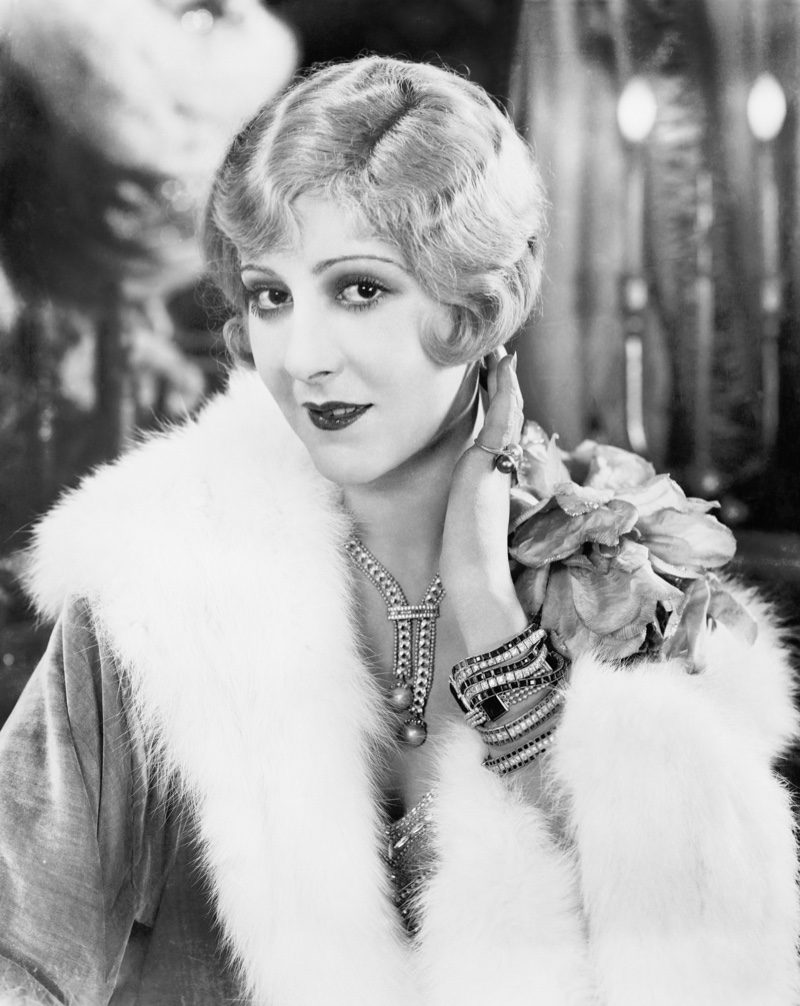
Jewelry in the 1920s became an essential fashion accessory, allowing women to express their individuality more freely. The Art Deco movement significantly influenced jewelry design, characterized by rich colors and geometric shapes.
This era also saw a growing interest in “exotic” jewelry, featuring intricate designs crafted from materials like jade and turquoise, reflecting the expanding global awareness and fascination with different cultures.
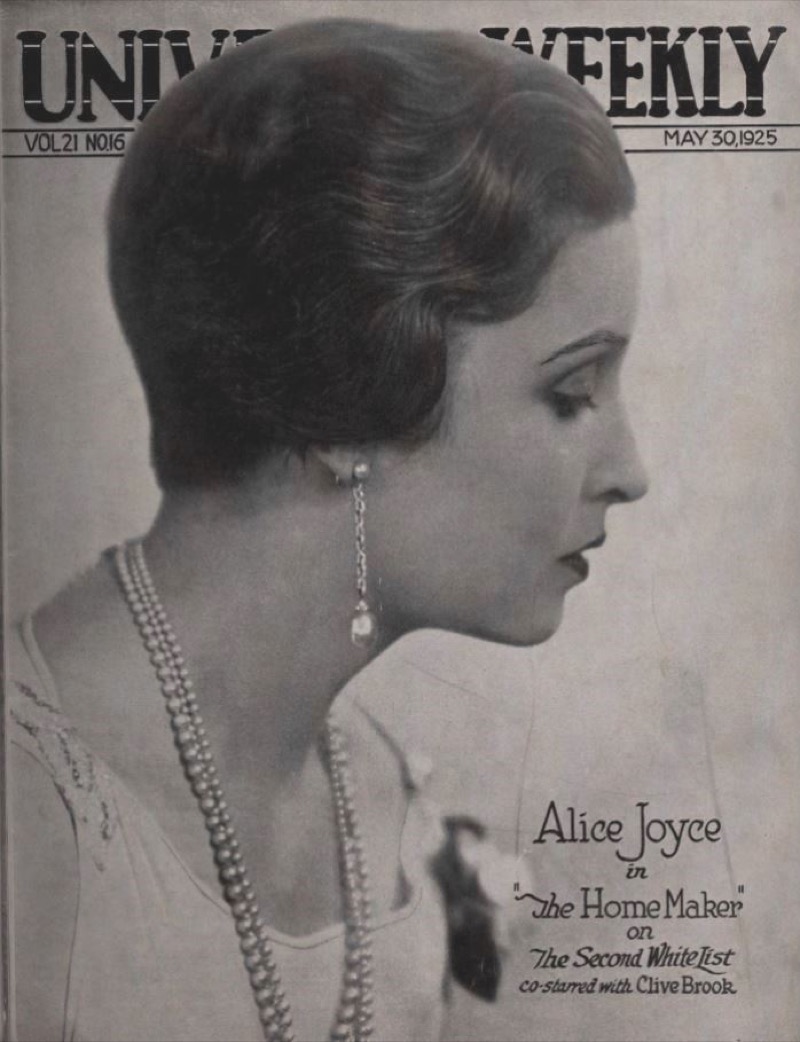
As jewelry material costs dropped, costume jewelry’s popularity soared. Coco Chanel, founder of Chanel, drove this trend by promoting stylish, affordable pieces. By using colored glass and gold-tone metal instead of precious materials, designers made bracelets, earrings, and necklaces more accessible.
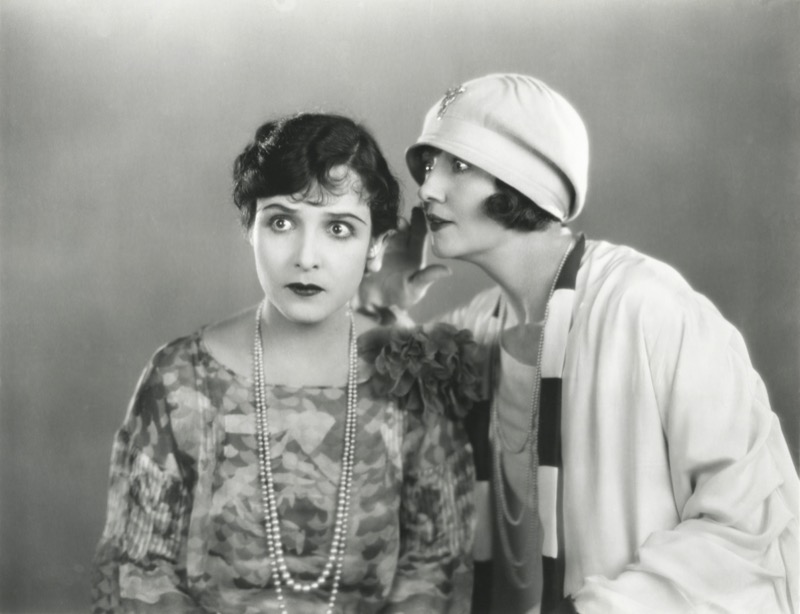
Pearl strand necklaces, similar to those worn by the renowned dancer Josephine Baker, also gained popularity. These pieces added a touch of elegance and sophistication to the flapper’s wardrobe, cementing jewelry as an essential element of 1920s fashion.
Footwear
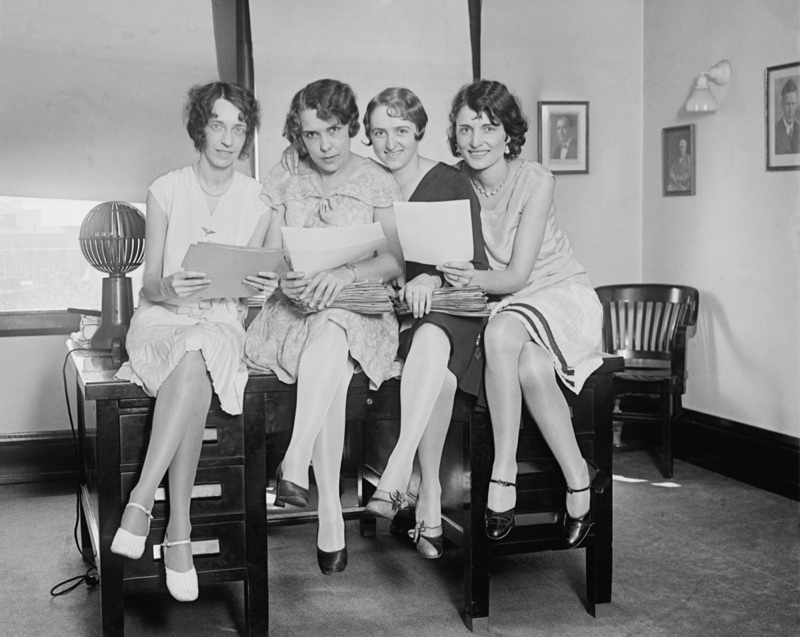
Footwear in the 1920s was designed for style and practicality, with heels typically standing between two to three inches tall. The era’s popular shoe styles featured straps to ensure they stayed on while dancing, reflecting the lively social scene of the time.
Mary Janes with ankle straps, T-straps featuring strips on the ankle and middle of the foot, and pumps without straps were among the most fashionable formal and evening wear choices. These styles provided the necessary support for active social events while complementing the shorter hemlines of the decade.
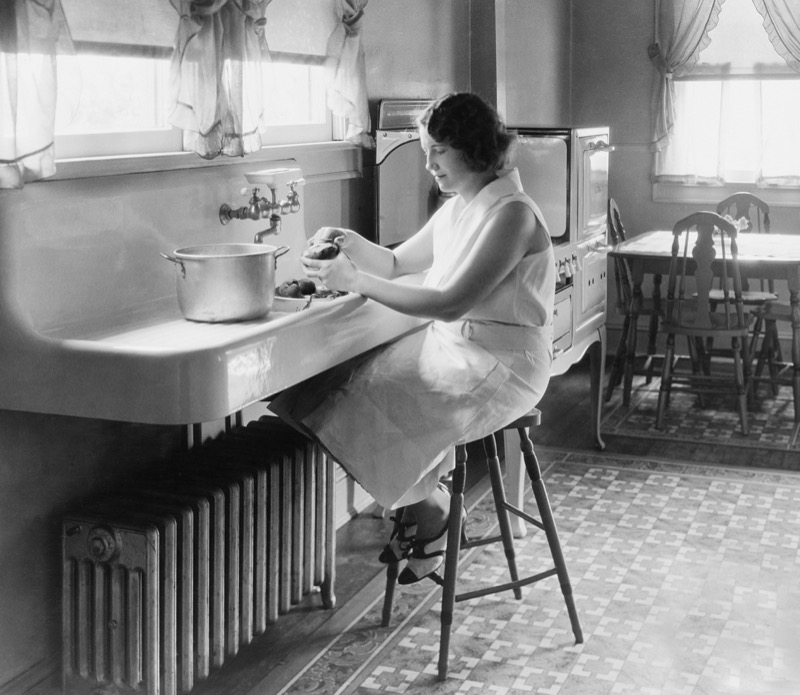
Women favored oxfords, canvas ballet flats, and saddle heels for casual occasions. These shoes were often paired with stockings, as the rising hemlines of skirts and dresses showed more of the leg.
20s Beauty & Hairstyles
Makeup
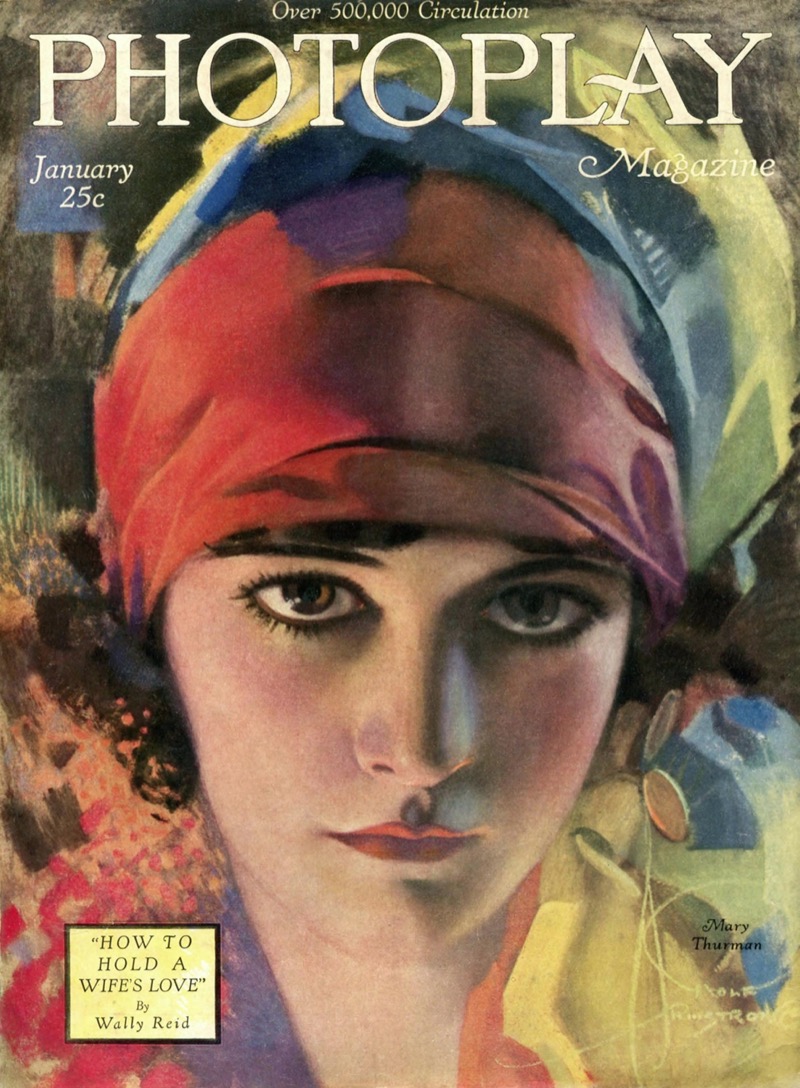
1920s makeup became a powerful self-expression tool, reflecting the decade’s bold and liberated spirit. Women embraced dramatic looks with heavily lined eyes, dark mascara, and smoky eyeshadows, creating a striking contrast that defined the era’s aesthetic.
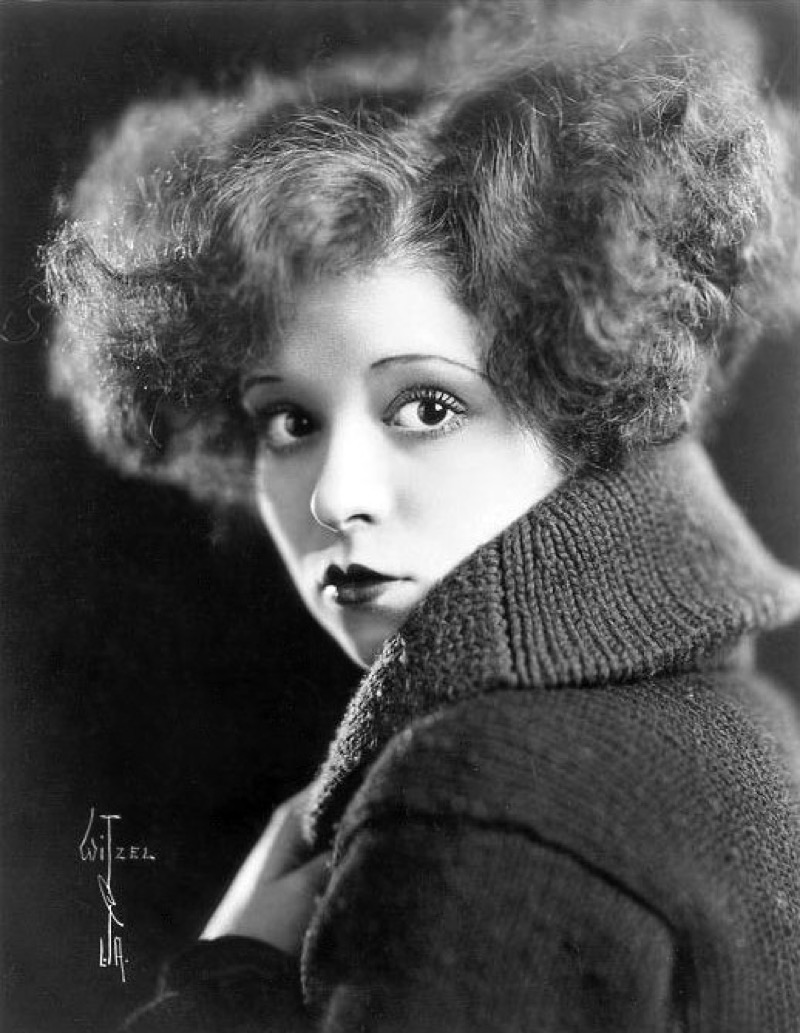
Eyebrows were meticulously plucked thin and penciled in, resulting in a dramatic arch that framed the face. Lips were a focal point of 1920s makeup, often accentuated with deep reds and plums.
Women frequently overdrawn their lips to achieve the iconic Cupid’s bow shape, popularized by actresses like Clara Bow. This bold lip look became synonymous with the flapper style, symbolizing a break from past norms and the dawn of modern, daring beauty trends.
Hairstyles
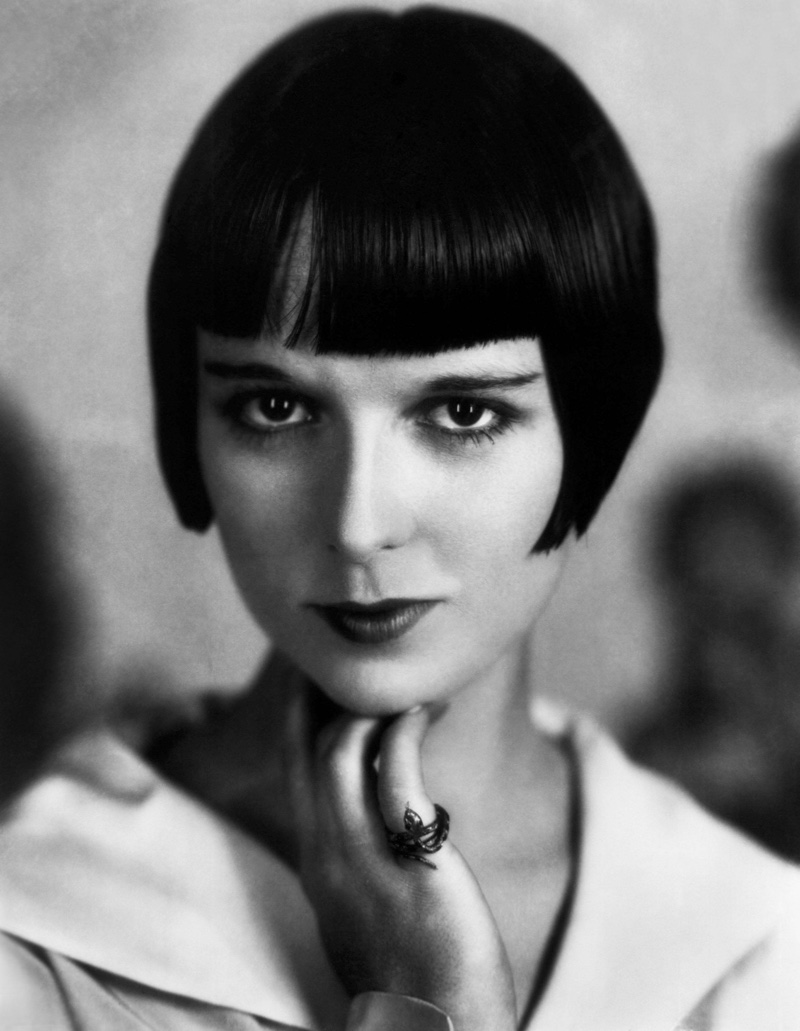
The 1920s hairstyles marked a bold departure from the modesty of previous decades, with women embracing the bob cut as a symbol of liberation and modernity. The bob cut, popularized by actresses like Louise Brooks, could be worn straight for a sleek, sophisticated look.
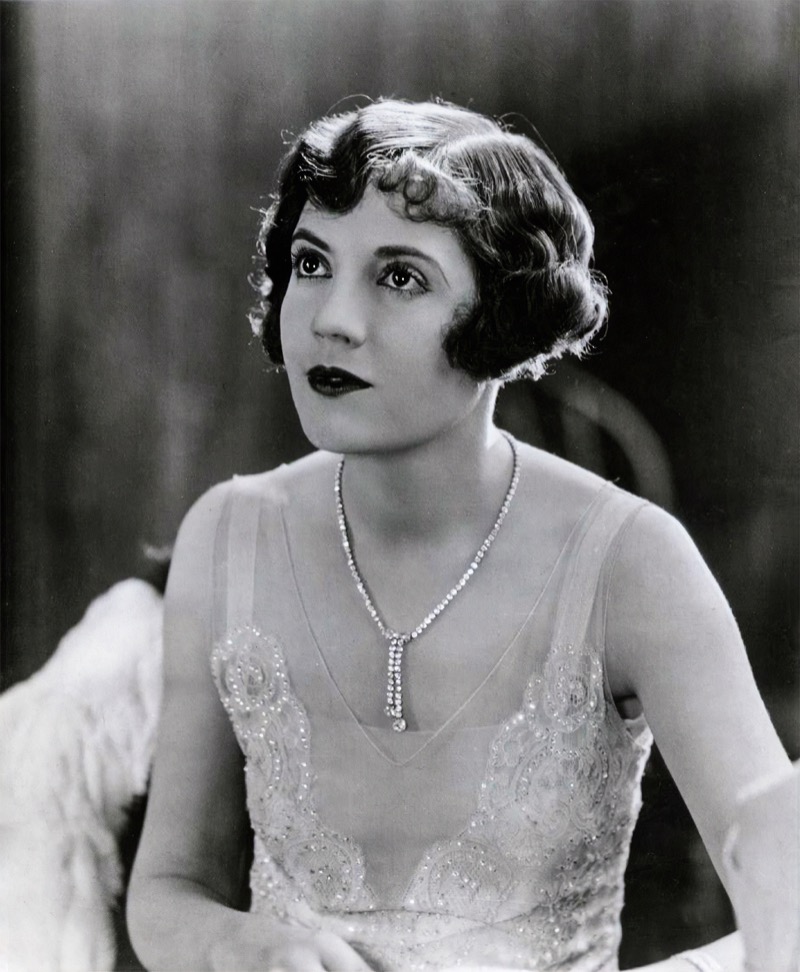
Additionally, many women styled their bobs with Marcel or finger waves, adding texture and elegance to the short hairdo. These waves created a soft, wavy pattern that became a hallmark of 1920s fashion.
Iconic Designers
Three visionary French designers, Coco Chanel, Jeanne Lanvin, and Jean Patou, redefined the fashion landscape of the 1920s. Their innovative designs transformed women’s attire and cemented Paris’ influence on global fashion trends.
Coco Chanel
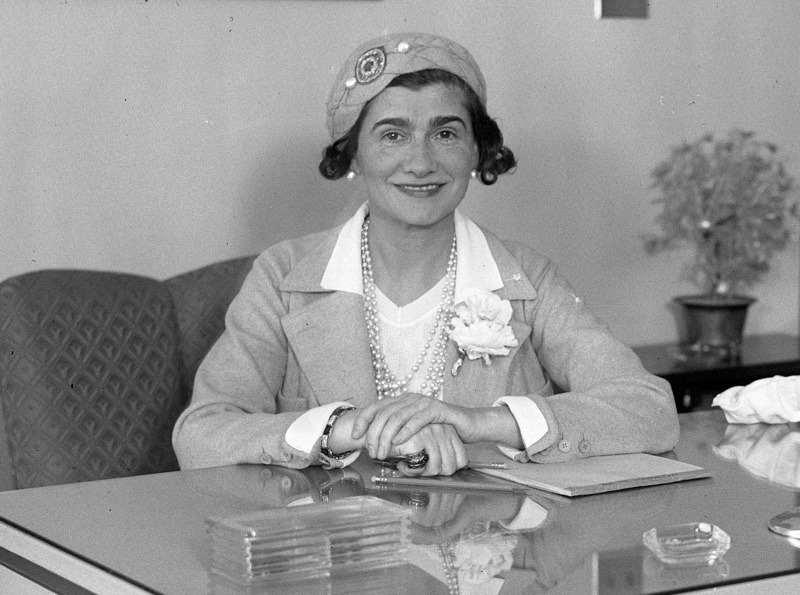
Coco Chanel was a revolutionary force in 1920s fashion, fundamentally transforming women’s clothing with innovative designs. She introduced the iconic little black dress, a timeless staple epitomizing simplicity and elegance.
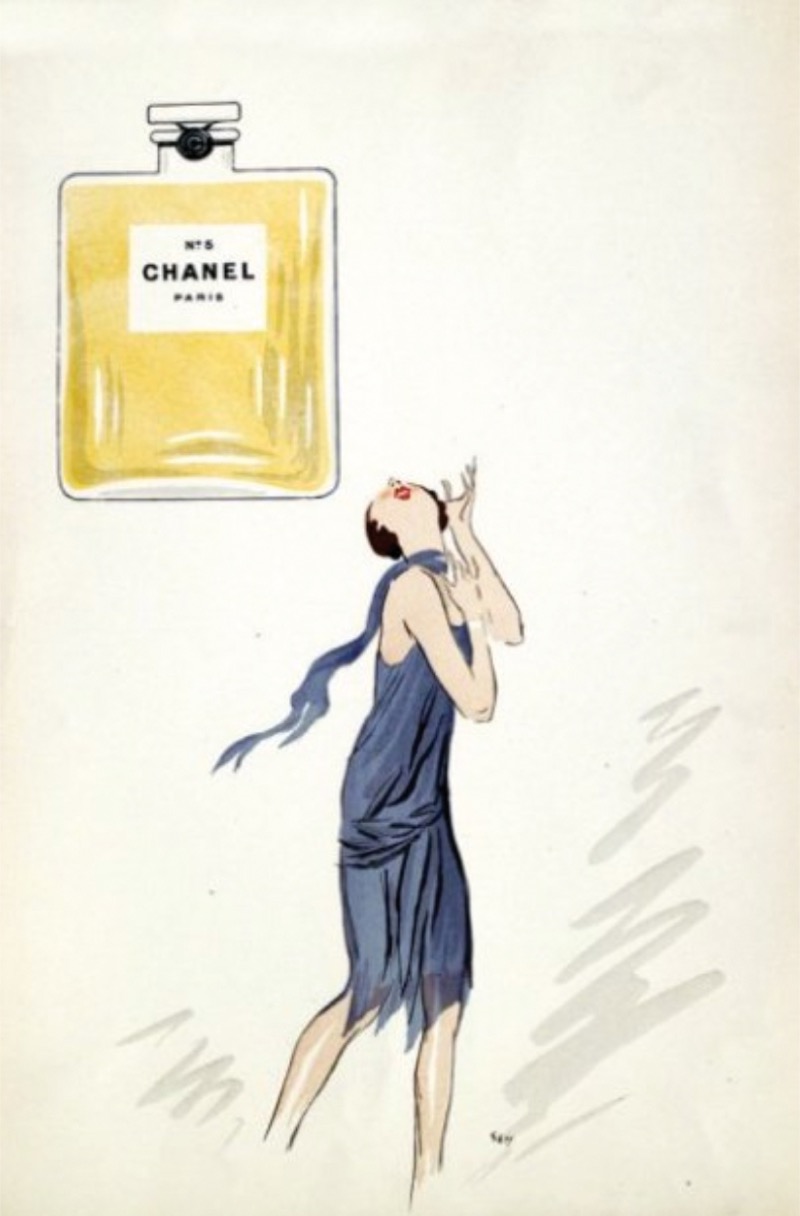
Chanel’s designs revolutionized women’s fashion with clean lines and practicality, rejecting the previous restrictive styles. She innovatively used jersey fabric, previously reserved for men’s underwear, to create comfortable, stylish garments that redefined everyday wear.
This pioneering spirit extended beyond clothing, as the launch of Chanel No. 5 perfume set a new standard in the fragrance world, solidifying her legacy as a multifaceted designer.
Jeanne Lanvin
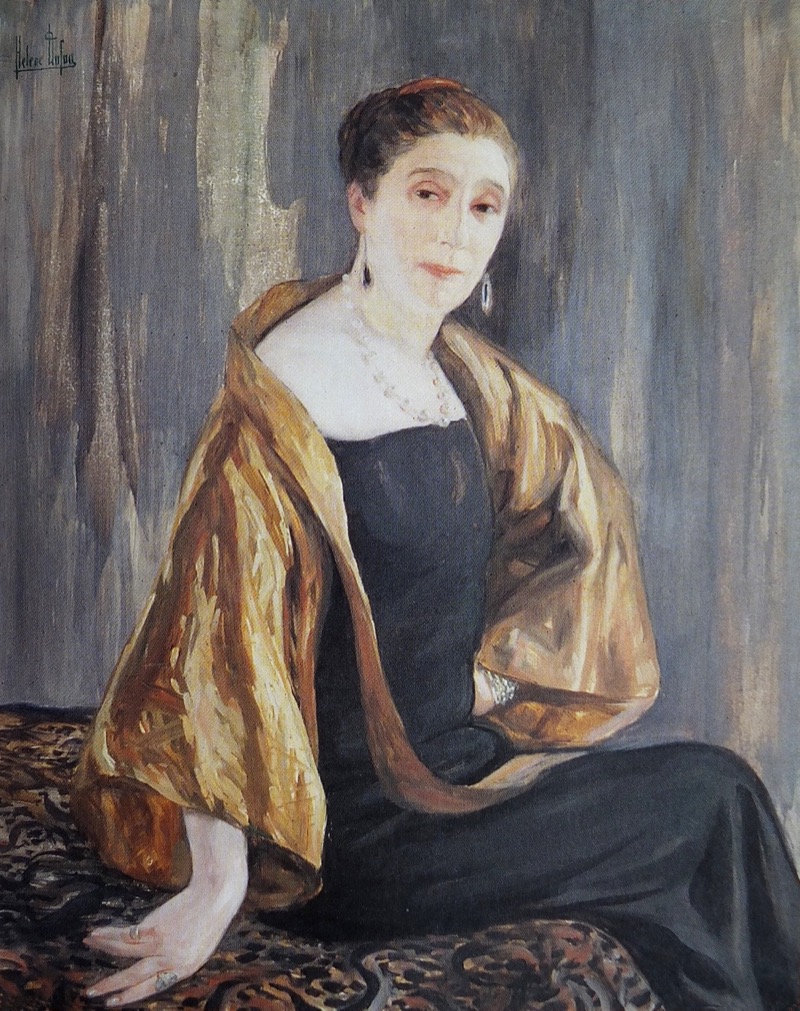
Jeanne Lanvin was a visionary designer of the 1920s, known for her ability to craft garments that radiated romantic sophistication. Her intricate embroidery and vibrant colors set her creations apart, appealing to women who desired elegance and refinement.
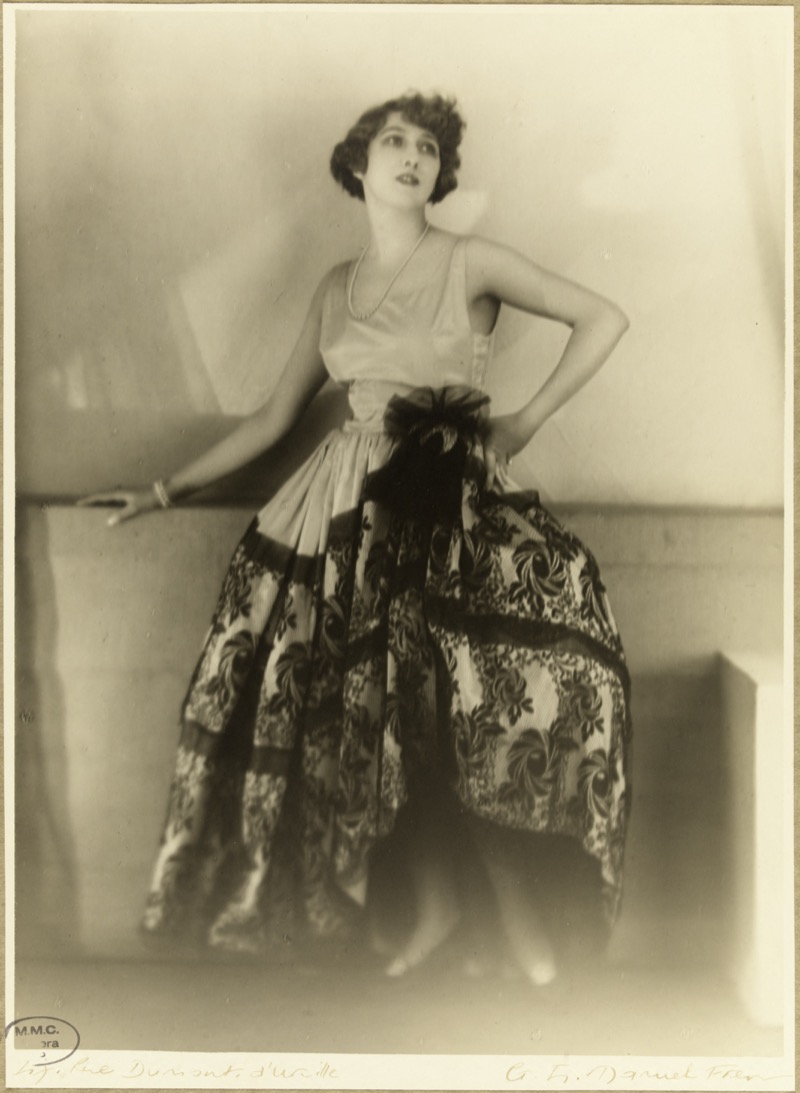
One of Lanvin’s most celebrated designs was the robe de style, which featured a distinctive bell-shaped skirt that celebrated the waist with a sleeveless design.
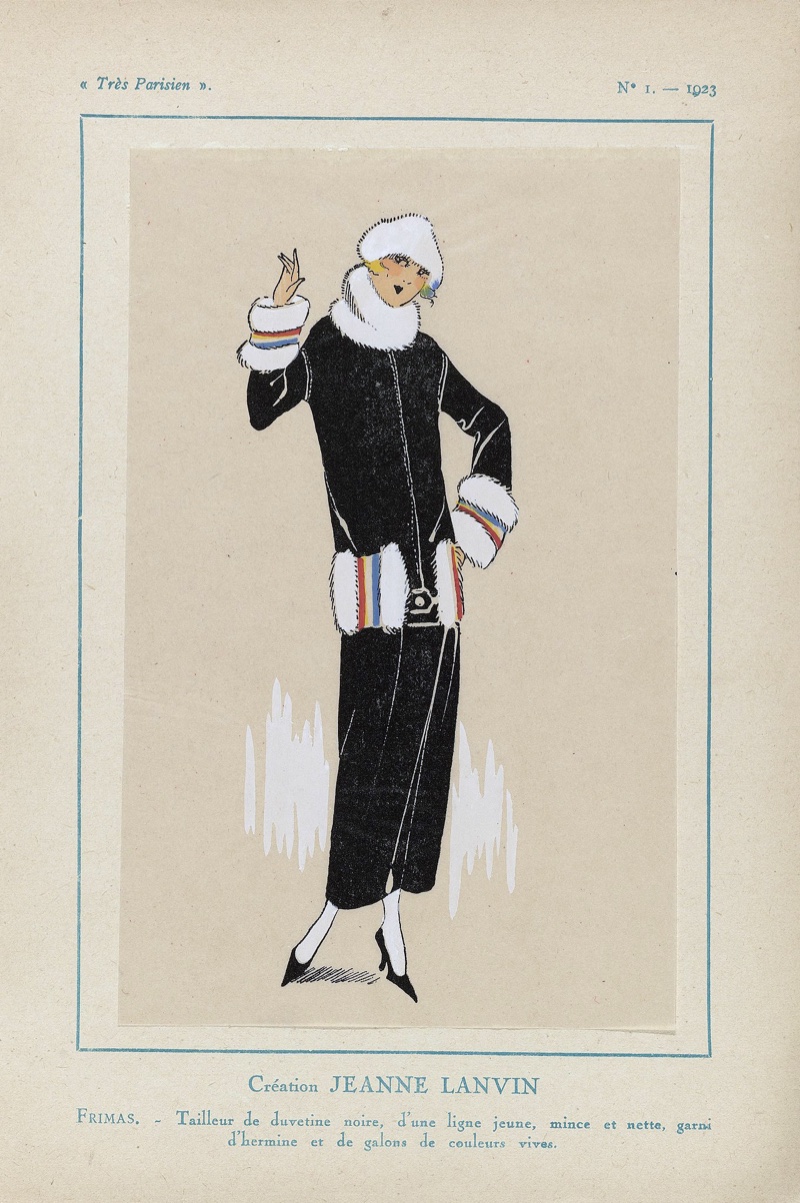
Lanvin’s influence extended beyond women’s fashion. Her ventures into perfumery and interior design demonstrated her diverse talents and innovative spirit.
Jean Patou
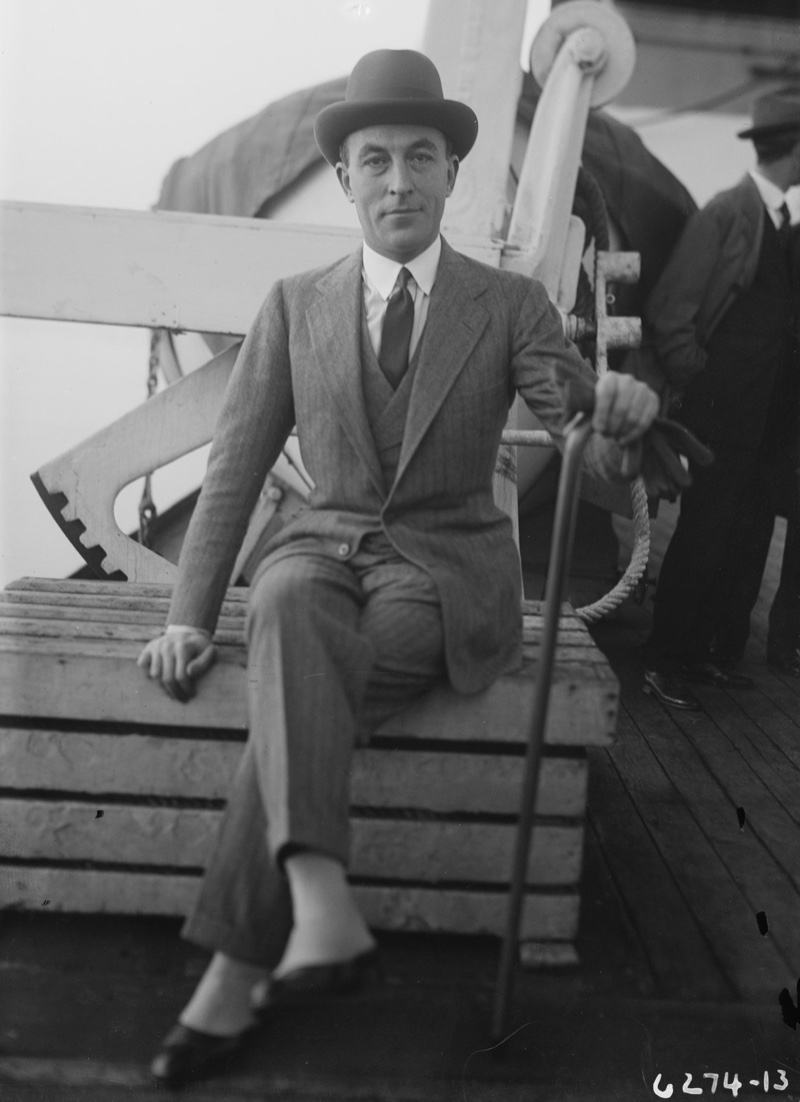
Jean Patou was renowned for his ability to blend luxury with functionality. He played a significant role in revolutionizing sportswear, making it chic and fashionable.
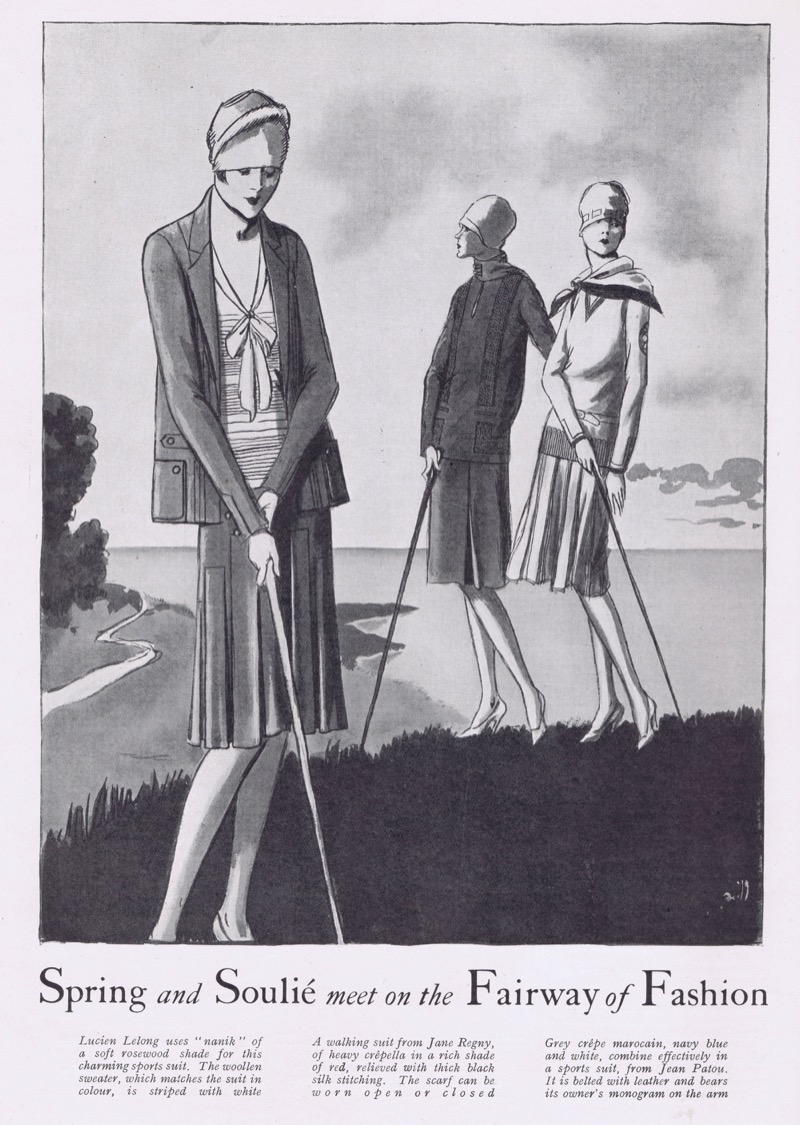
Patou is credited with inventing the tennis skirt, allowing women to participate in sports while looking elegant. He also popularized the cardigan, demonstrating his knack for creating versatile and stylish clothing.
Patou’s designs were tailored to the active, modern woman, reflecting the era’s dynamic and changing lifestyles. His athletic attire offered a sophisticated twist, enabling women to embrace new social roles and activities with confidence and flair.
Art Deco Influence
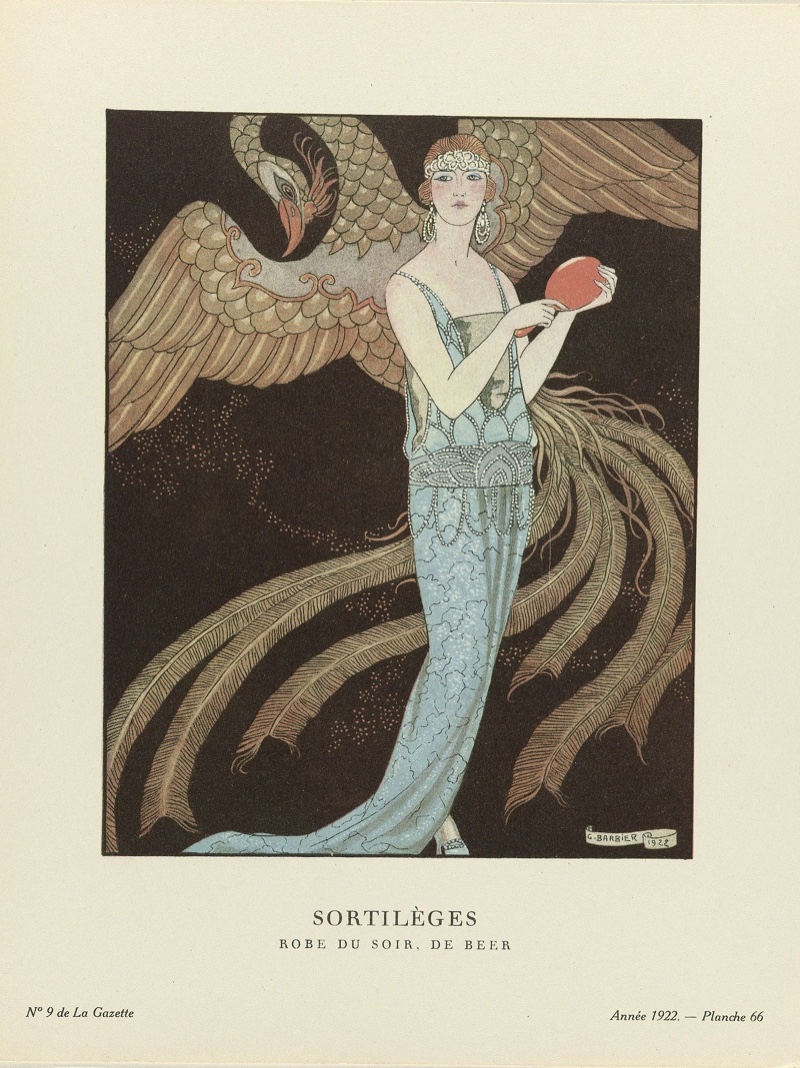
Fashion underwent a dramatic transformation under the spell of the Art Deco movement. This style, known for its geometric shapes, symmetry, and striking contrasts, brought a new level of sophistication and cutting-edge elegance to the fashion world.
Lavishly adorned with sequins and beads, flapper dresses showcased dazzling patterns that echoed Art Deco’s love for ornate detailing and visual drama. The influence extended to jewelry, where the movement’s signature aesthetic was evident in the streamlined, bold designs featuring exotic motifs.
Modern Reflections: 1920s Fashion Today
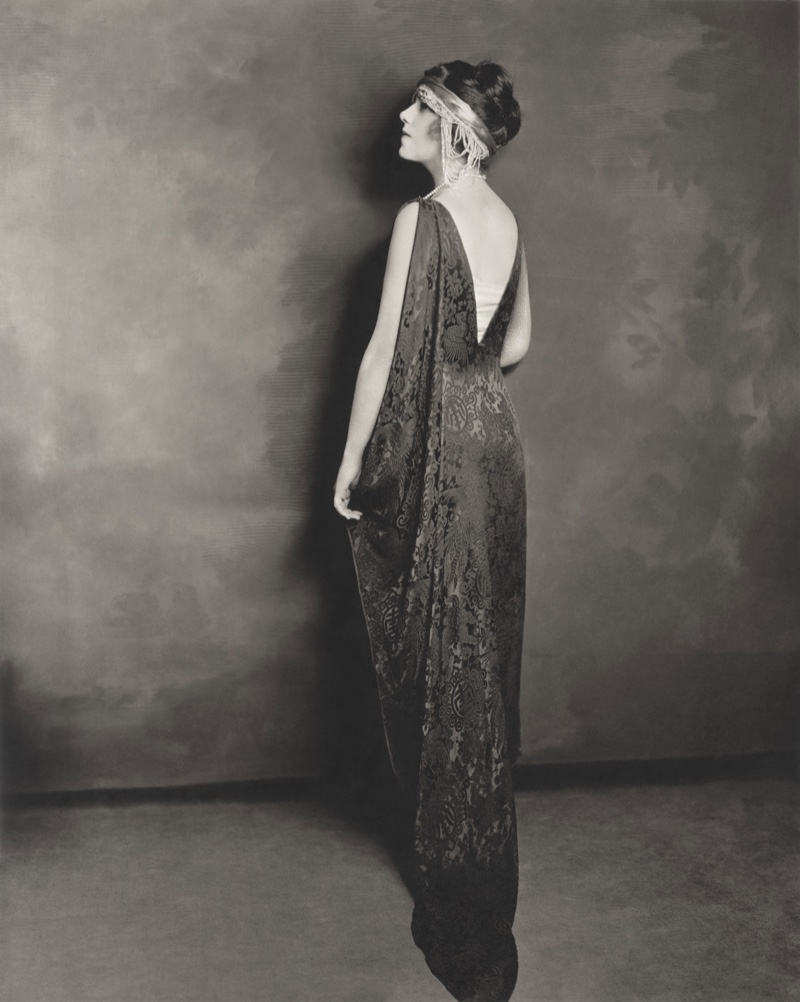
The transformative fashion of the 1920s signaled a profound shift in societal norms and personal expression, paving the way for trends in the 1930s and beyond. Today, the 1920s continue to influence modern fashion with timeless elements that can be seamlessly integrated into contemporary wardrobes.
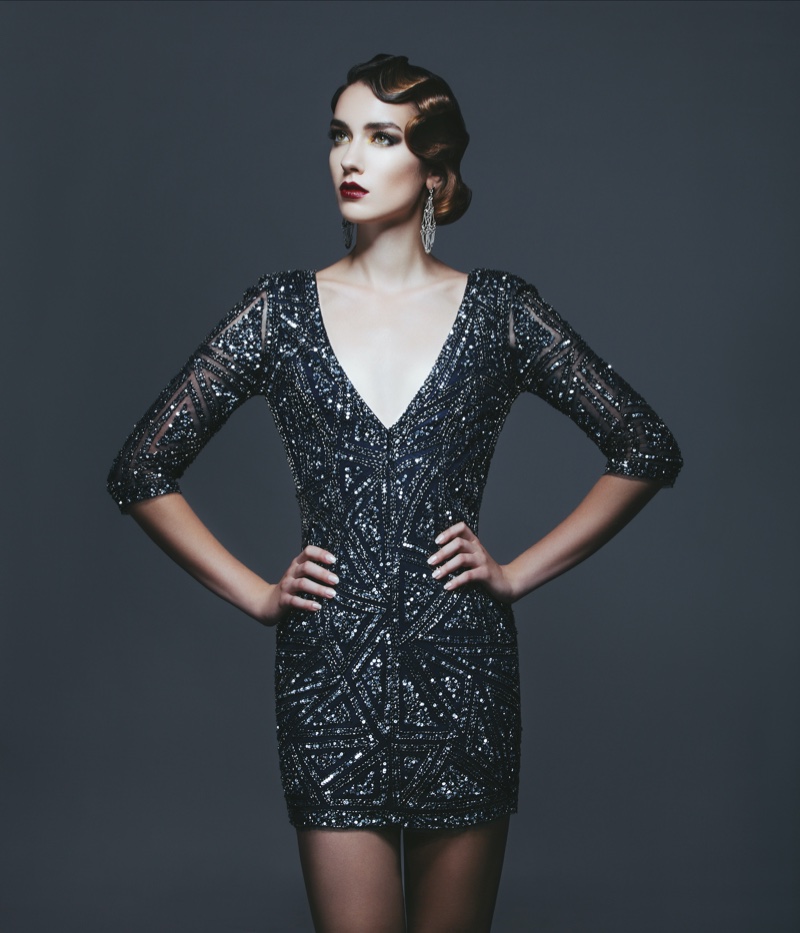
For evening or cocktail attire, opt for knee-length flapper dresses adorned with sequins or fringe, or choose the elegance of a slip dress that mirrors the lace-adorned 1920s chemise. Incorporate retro casual attire for daytime wear by pairing loose, breathable blouses with pleated skirts.
To complete the look, modernize the classic bob hairstyle with soft waves or a sleek, asymmetrical cut, and accessorize with geometric shapes and bold lines in your jewelry to evoke Art Deco sophistication. By embracing these iconic 1920s fashion elements, you can create a unique style that pays homage to the era’s enduring influence.
